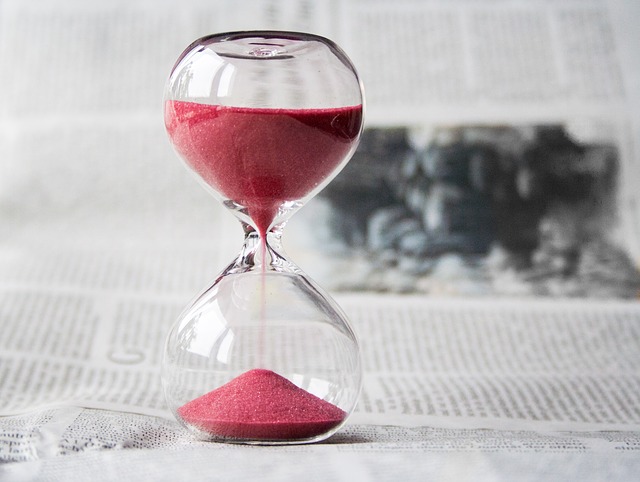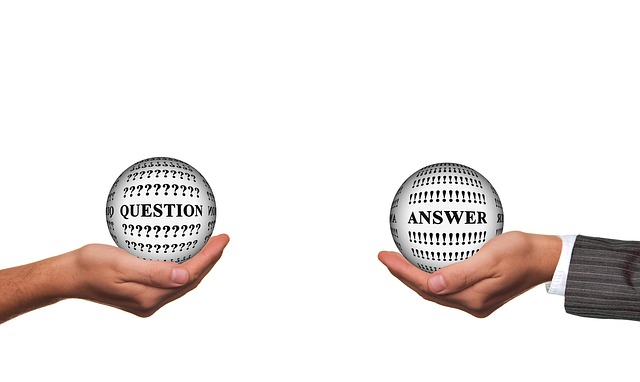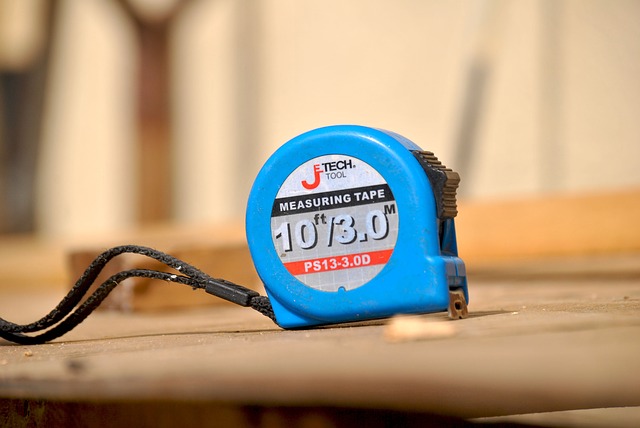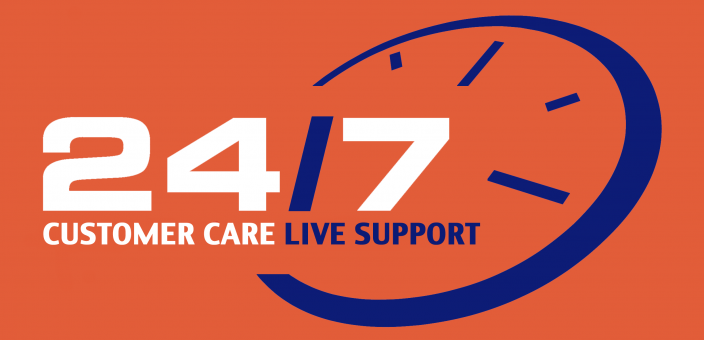The question now is, which data should you look for? There are many of them, but you should focus on those that represent your support efficiency and sale conversion rate. Is your live chat doing fine, excellent or just above average? Here are 7 key metrics for you to find out.
Let’s start getting some insights from your live chat performance.
1. Number of chats
It may depend. But too often, the higher your chat volume, the more chances you have to ease customers’ pain points and persuade them to buy. This is also a good indicator to evaluate your chat agent’s availability and efficiency during their shift.
While more conversations seem to be a good sign, sometimes, a sudden surge in the chat amount may indicate problems. Customers may be having difficulty finding information on your site and your FAQ page isn’t detailed or helpful enough. The content of chat conversations, therefore, should be taken into account as well.
Apart from successful chats, missed chat rate and number of offline requests also need to be tracked. Those data help you figure out the best time to be online for your visitors and give them the support they need.
2. Response time

Speedy reaction is one of the criteria that makes a highly effective chat agent. In fact, it’s best that they can respond to a chat request within 30 seconds. This helps lower abandoned chats and increase customer satisfaction.
A long response time could mean your chat operator is slacking off on their job, or your support resources are so slim that each agent has to handle too many concurrent chats and can’t be fast enough in response. You should set a maximum response time for your agents to abide by and recruit more staff if needed.
3. Average length of chats
The amount of time in which an agent handles each chat session tells you how they are dealing with your customers. Are they in a rush (short chat duration)? Or are they ranting too much (long chat duration)?
To deliver good customer service, an average chat duration should be set to make sure your agents go straight to the point and be helpful in solving problems without going off-topic. Be careful when setting a reasonable duration since it may depend on each department and the complexity of the issues.
4. First contact resolution rate

Research showed that 82% of customers who left a brand could have stayed if their issue had been resolved in the first contact. First contact resolution (FCR) rate is, therefore, crucial when it comes to customer satisfaction.
Do your agents manage to sort out customers’ issues from the first chat? How often do they have to transfer their chat to a second agent for another resolution? According to inContact, the average FCR rate in live chat is 66%.
If your FCR rate is too low, you can consider setting up a pre-chat survey. That way, customers can choose which department to talk to and get directed to the right contact point who can resolve their issue right away.
5. Invitation acceptance rate
This metric indicates how well your proactive chat strategy is doing. The more people respond to your auto chat invitation, the more engagement and sales you are going to get. That means, the higher this acceptance rate, the better.
If only a few visitors bother to reply to your chat invitation, look into your trigger setting for further improvements. Is your greeting enticing enough? Are your rules and conditions set up correctly? Are you targeting the right customers?
6. Sale conversion rate

Live chat is not all about support. It’s about selling as well. The more accepted chats result in sales, the more effective your chat agents in particular and live chat system in general are working.
A low sale conversion rate may reflect an unqualified support team and it’s time you gave them better training. A good chat agent is the one who knows your product inside out, who knows how to deliver personal experience to your customers and who knows when to initiate the chat or when to offer which deal to which visitor.
For more tips on how to grow your sale conversion rate, read at this blog post: The Art of Increasing Sales with Live Chat.
7. Customer rating/ feedback
Let customers rate their chat experience and you will learn a great deal from that. It shows how well your chat operators are performing, how satisfied your customers feel about your service and what they expect in the future. Studying this metric will help you improve your overall support quality in the long run.
Managing and monitoring a live chat system isn’t a tough task if you know the right elements to look out for. Do you have better ideas on measuring live chat effectiveness? Share with us in the comment below and try Subiz for free today to experience this super effective live chat software.





